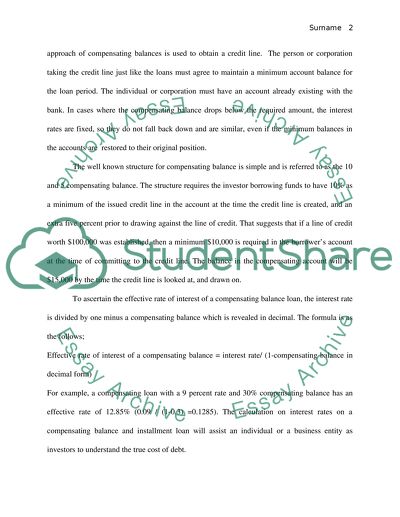Cite this document
(“Credit rationing Essay Example | Topics and Well Written Essays - 750 words”, n.d.)
Credit rationing Essay Example | Topics and Well Written Essays - 750 words. Retrieved from https://studentshare.org/finance-accounting/1476017-credit-rationing
Credit rationing Essay Example | Topics and Well Written Essays - 750 words. Retrieved from https://studentshare.org/finance-accounting/1476017-credit-rationing
(Credit Rationing Essay Example | Topics and Well Written Essays - 750 Words)
Credit Rationing Essay Example | Topics and Well Written Essays - 750 Words. https://studentshare.org/finance-accounting/1476017-credit-rationing.
Credit Rationing Essay Example | Topics and Well Written Essays - 750 Words. https://studentshare.org/finance-accounting/1476017-credit-rationing.
“Credit Rationing Essay Example | Topics and Well Written Essays - 750 Words”, n.d. https://studentshare.org/finance-accounting/1476017-credit-rationing.


